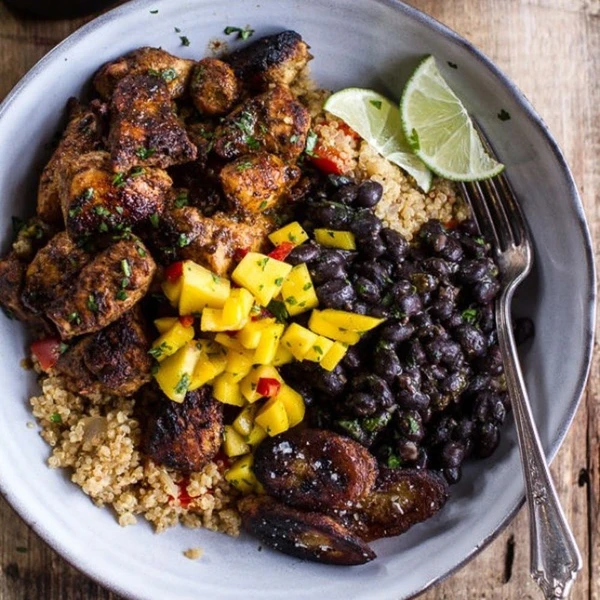Big Flavors and Heritage of Traditional Cuban Cuisine
The Eastern Caribbean island of Cuba has a rich cultural heritage that has given rise to culinary traditions as vibrant and diverse as the variety of cultures that have contributed to the development of this distinctive and delicious cuisine.

The Eastern Caribbean island of Cuba has a rich cultural heritage that has given rise to culinary traditions as vibrant and varied as the different cultures that have contributed to the development of this particular and delicious cuisine. In addition to the ancient influence of the indigenous people of Cuba, the Spanish brought their own culinary styles, influenced by those of the Moors who ruled large parts of Spain for centuries. Slaves brought from Africa made a significant culinary and cultural contribution. Other culinary traditions were brought to the island with the French colonists who fled the uprisings in Haiti.
As these various influences came together, a distinctive Cuban flavor and style developed, reminiscent of peasant cuisine that cooks by oral tradition and by eye, rather than relying on specific measurements, creating dishes that tend to be simple, hearty, and easy to simmer. Elaborate, heavy sauces are uncommon and deep frying is simply not a popular cooking method. The island nation naturally uses a lot of seafood in its cuisine, which encourages the use of simple cooking techniques and spices designed to enhance the natural flavors rather than smother them.
The most commonly used spices in Cuban cuisine are garlic, cumin, oregano and bay leaves. Sofrito is also very popular and is used in a variety of dishes, from beans to meat to tomato sauce-based dishes. A typical sofrito consists of green peppers, onions, garlic, oregano and black pepper sautéed in olive oil until the peppers, onions and garlic are soft and translucent and the flavors blend perfectly.
The dense, nutritious and energetic vegetables commonly used reveal the influence of African and indigenous peoples on Cuban cuisine. Yuca, malanga, boniato and plantano are among them and are often cooked with other vegetables and served simply, drizzled with olive oil and sprinkled with chopped fresh onions ñ a filling, fortifying and simple dish for a hard-working people.
Meat is often prepared with island-flavored marinades that use lime juice or the juice of a sour type of orange as a base. The meat is then roasted or braised very slowly with spices, often for hours. Beans and rice are an essential part of most meals, with black beans being very well known as a Cuban specialty.
Cuban cuisine is also known for its baked goods, which include a variety of dumplings. Some are filled with spiced meat, others with a particularly Cuban mixture of cream cheese and guava paste. Flan is one of the most popular desserts in Cuba.
In Cuban cuisine, the subtle flavors of wholesome foods are enhanced by cooking and seasoning methods that aim to bring out the best in each component of a dish. Cuba’s culinary traditions are a delight for the tongue, of course, but they also offer a fascinating glimpse into a culture that has blended many different elements into a whole.
Did you find this article useful? For more useful tips and advice, food for thought, techniques and insights into kitchen guides, culinary styles, recipes and more, visit www.ancestralbites.com